With a little help from Katarina Jansson, a Stockholm-born blogger and podcaster now living in her “childhood paradise” of Särna in Dalarna, The Local presents ten reasons to visit this enchanting region.
1. To go hiking amid unspoilt nature
Dalarna is home to large areas of untouched nature. Escaping into its many accessible forest trails and wide-open fells near lakes and rivers is easier than you might think.
Some of the best walking areas are easy to reach by car. Once there, you’ll find plenty of signs with distances and directions, as well as rest huts and shelters where you can cook in the open air – or even stay overnight!
Head to Dalarna and you could soon be picking lingonberries and cloudberries as you ramble through the countryside, enjoying majestic views.
2. And see Sweden’s magical mountains
In the north of Dalarna lie Sweden’s southernmost mountains. The varied terrain and moorland in Fulufjället National Park makes it an ideal place for walking and hiking, with 140km of marked paths. Popular trails include the child-friendly path to Njupeskärs waterfall or a trip to see the world’s oldest tree – a 9,550-year-old spruce.
But there’s also far more to enjoy, says Katarina. “Fulufjället is so beautiful, with the old-growth forests and the ancient trails and monuments,” she says. “The views from the mountains give me a sense of freedom and humility – feeling small but in a good way.”
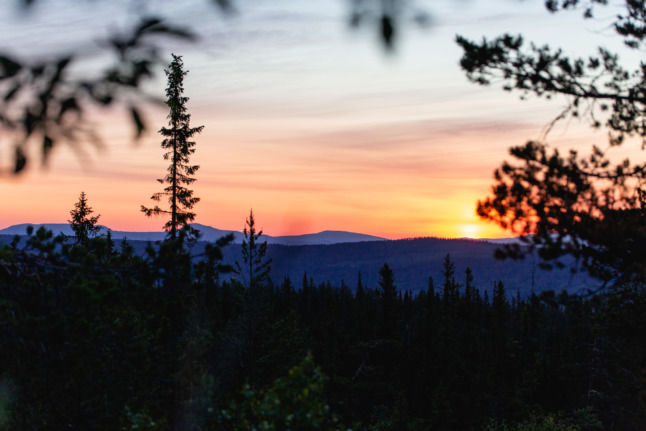
Just a little further north, she also recommends hiking and fishing around Idre and Grövelsjön.
3. The wildlife: reindeer, moose and more
If you love wildlife, visiting northern Dalarna in summer could prove a real treat. June is the best time to spot Fulufjället’s rich diversity of birdlife. You may also see moose or beaver – if you don’t make too much noise!
You can also see reindeer and other wildlife around the region. Katarina, who lives less than 30 minutes from Fulufjället, says: “I live across the lake from Särna village and we see reindeer here in the summer – adults and young together. I also see moose and foxes quite often.”
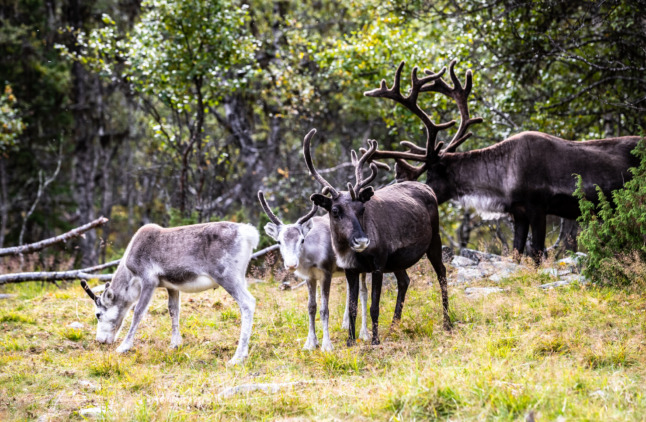
4. For fun and family-friendly activities
In winter, Idre Fjäll is a ski resort. But in summer, you’ll find a host of exciting activities, such as river rafting, kayaking, horse-riding and swinging through the trees in the adventure track.
There’s also an outdoor pool with waterslides. You might even consider a wilderness experience to really get away from everything – are you brave enough to go walking in the tracks of the Swedish brown bear?
Further south, you’ll also find fun family experiences in the Siljan region. Your options include everything from Leksand Sommarland water park to Orsa Predator Park – the biggest park of its kind in Europe. Visitors to the latter can see animals including polar bears, Persian leopards and a Siberian tiger, the world’s largest feline
5. To see the origins of a national Swedish symbol
You can’t spend much time in Sweden without seeing a Dala Horse. The colourful carved wooden statues are a national symbol – and as the name suggests, their origins lie in Dalarna.
In the village of Nusnäs outside Mora, you can closely observe skilled craft workers creating the famous horses – or paint your own.
Enter Dalarna from the south, and the world’s biggest Dala Horse (13 metres high) welcomes you to the region at Avesta, only two hours northwest of Stockholm.
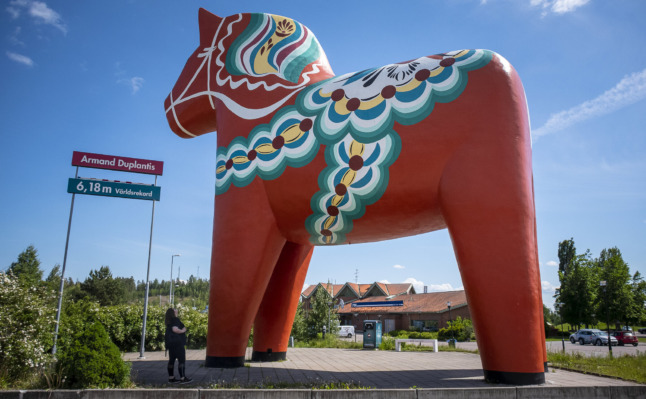
6. And discover the source of Sweden’s red cottages
Many homes and cabins in Sweden are a distinctive rusty-red colour. This is another national feature with its roots in Dalarna.
The paint, known as Falu Rödfärg, contains pigment from Falun Mine – a copper mine that operated for a thousand years! Today, the area is a UNESCO World Heritage Site. Visit Falun and it will be easy to impress your friends with your knowledge of Swedish history after returning home.
7. Food glorious food!
Food and drink are also a big part of Dalarna’s heritage. See how traditional local flatbreads are baked at Rättviks Tunnbrödsbageri in the pretty lakeside town of Rättvik. The smell is sure to have you wanting a taste!
In Borlänge, you can visit an ostrich farm. Will you try an ostrich burger? Or some ostrich-egg ice-cream? Check out the Taste of Dalarna network for more ideas about tasty regional food experiences.
Katarina’s recommendation? A traditional dish called kolbotten, a kind of pancake with pork and cream. “The men who work in the forest used to eat it and it’s delicious,” she says.
8. The unique accommodation options
Ever stayed in a floating hotel room in a lake? How about a floating cottage with a cosy fireplace? Or a forest camp? Or a peaceful mountain station where you wake up to the freshest of fresh air? You can find all these options and more in Dalarna.
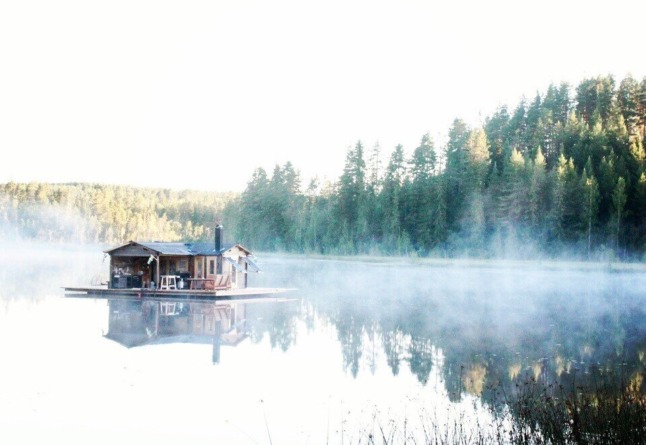 The floating cottage. Photo: Föreningen Allmogen/Visit Dalarna
The floating cottage. Photo: Föreningen Allmogen/Visit Dalarna
There are also a wide range of options for more conventional stays in hotels, bed and breakfast accommodation, and campsites across the region.
9. To swim in the great outdoors – while you can!
For most of the year, it’s fair to say that swimming in any of Sweden’s almost 100,000 lakes has limited appeal. But in summer, a dip in the pristine waters is an invigorating and even life-affirming experience.
Lake Siljan in central Dalarna is one of the region’s biggest attractions. But wherever you go in Dalarna, you won’t be far from some inviting waters.
10. To see Sweden’s southernmost Sami village
Want to understand more about Sweden’s Sami people? Idre is home to Sweden’s southernmost Sami village, Idre Sameby, around which reindeers graze on mountain slopes and in the forests.
One local Sami family, the Andersson family, runs Renbiten, which combines a shop and cafe with reindeer herding. Take a guided tour with their tame reindeer to join the reindeer herders at work and listen to stories around the fire in the gåetie, the nomadic Sami’s traditional tipi or tent.


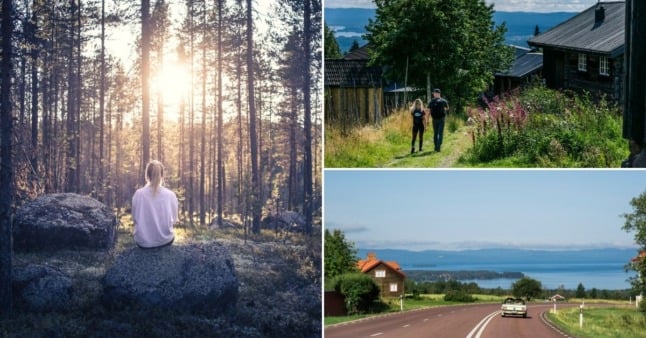

 Please whitelist us to continue reading.
Please whitelist us to continue reading.
Member comments